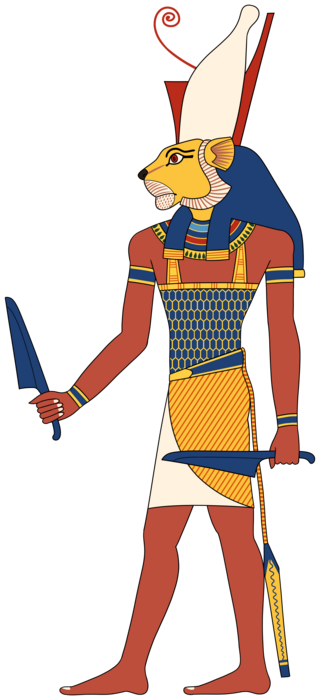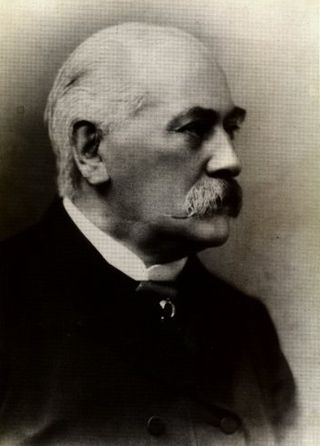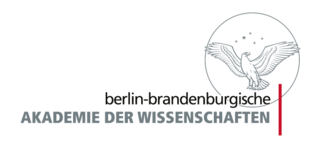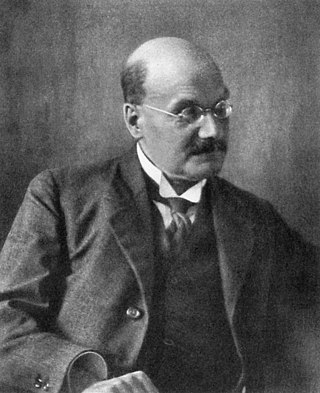Related Research Articles

Jacob Ludwig Karl Grimm, also known as Ludwig Karl, was a German author, linguist, philologist, jurist, and folklorist. He formulated Grimm's law of linguistics, and was the co-author of the Deutsches Wörterbuch, the author of Deutsche Mythologie, and the editor of Grimms' Fairy Tales. He was the older brother of Wilhelm Grimm; together, they were the literary duo known as the Brothers Grimm.

The Egyptian language or Ancient Egyptian is an extinct Afro-Asiatic language that was spoken in ancient Egypt. It is known today from a large corpus of surviving texts which were made accessible to the modern world following the decipherment of the ancient Egyptian scripts in the early 19th century. Egyptian is one of the earliest written languages, first being recorded in the hieroglyphic script in the late 4th millennium BC. It is also the longest-attested human language, with a written record spanning over 4,000 years. Its classical form is known as Middle Egyptian, the vernacular of the Middle Kingdom of Egypt which remained the literary language of Egypt until the Roman period. By the time of classical antiquity the spoken language had evolved into Demotic, and by the Roman era it had diversified into the Coptic dialects. These were eventually supplanted by Arabic after the Muslim conquest of Egypt, although Bohairic Coptic remains in use as the liturgical language of the Coptic Church.

Maahes was an ancient Egyptian lion-headed god of war, whose name means "he who is true beside her". He was seen as the son of the Creator god Ptah, as well as the feline goddess whose nature he shared. Maahes was a deity associated with war, protection, and weather, as well as that of knives, lotuses, and devouring captives. His cult was centred in Taremu and Per-Bast, the cult centres of Sekhmet and Bast respectively.

The Deutsches Wörterbuch, abbreviated DWB, is the largest and most comprehensive dictionary of the German language in existence. Encompassing modern High German vocabulary in use since 1450, it also includes loanwords adopted from other languages into German. Entries cover the etymology, meanings, attested forms, synonyms, usage peculiarities, and regional differences of words found throughout the German speaking world. The dictionary's historical linguistics approach, illuminated by examples from primary source documents, makes it to German what the Oxford English Dictionary is to English. The first completed DWB lists over 330,000 headwords in 67,000 print columns spanning 32 volumes.
As used for Egyptology, transliteration of Ancient Egyptian is the process of converting texts written as Egyptian language symbols to alphabetic symbols representing uniliteral hieroglyphs or their hieratic and demotic counterparts. This process facilitates the publication of texts where the inclusion of photographs or drawings of an actual Egyptian document is impractical.

Johann Peter Adolf Erman was a German Egyptologist and lexicographer.

Heinrich Karl Brugsch was a German Egyptologist. He was associated with Auguste Mariette in his excavations at Memphis. He became director of the School of Egyptology at Cairo, producing numerous very valuable works and pioneering the decipherment of Demotic, the simplified script of the later Egyptian periods.
In ancient Egyptian religion, Aani is the dog-headed ape sacred to the Egyptian god Thoth. "One of the Egyptian names of the Cynocephalus Baboon, which was sacred to the god Thoth."

The Royal Prussian Academy of Sciences was an academy established in Berlin, Germany on 11 July 1700, four years after the Prussian Academy of Arts, or "Arts Academy," to which "Berlin Academy" may also refer. In the 18th century, it was a French-language institution since French was the language of science and culture during that era.
Christiane D. Fellbaum is an American linguist and computational linguistics researcher who is Lecturer with Rank of Professor in the Program in Linguistics and the Computer Science Department at Princeton University. The co-developer of the WordNet project, she is also its current director.
The Egyptian hieroglyph for "perfect, complete" in Gardiner's sign list is numbered F35; its phonetic value is nfr, with a reconstructed pronunciation of and a conventional Egyptological vocalization of nefer.

The Berlin-Brandenburg Academy of Sciences and Humanities, abbreviated BBAW, is the official academic society for the natural sciences and humanities for the German states of Berlin and Brandenburg. Housed in three locations in and around Berlin, Germany, the BBAW is the largest non-university humanities research institute in the region.
The Egyptian hieroglyph for "black" in Gardiner's sign list is numbered I6. Its phonetic value is km. The Wörterbuch der ägyptischen Sprache lists no less than 24 different terms of km indicating 'black' such as black stone, metal, wood, hair, eyes, and animals, and in one instance applied to a person's name.
The Wörterbuch der ägyptischen Sprache, abbreviated Wb in bibliographic references, is a large German-language dictionary of the Egyptian language published between 1926 and 1961 by Adolf Erman and Hermann Grapow. It is a comprehensive work encompassing 3000 years of linguistic history, including Old, Middle, and Late Egyptian as well as hieroglyphic inscriptions of the Classical Greco-Roman period. The dictionary contains approximately 16,000 headwords in five main volumes, two secondary volumes, and five volumes of primary source references. It is therefore the largest and most complete printed dictionary of Ancient Egyptian in existence.

The Thesaurus Linguae Latinae is a monumental dictionary of Latin founded on historical principles. It encompasses the Latin language from the time of its origin to the time of Isidore of Seville.
Iat is an ancient Egyptian minor goddess of milk and, by association, of nurturing and childbirth.

The Academy of Sciences and Literature is a scientific academy in Mainz, Germany. It was established in 1949 on an initiative of Alfred Döblin. The academy's goal is to support science and literature, and in doing so to help preserve and promote culture.

Wilhelm Spiegelberg was a German Egyptologist. He specialized in analyses of Demotic and hieratic text.
Mittellateinisches Wörterbuch is a project for the edition of a comprehensive Medieval Latin dictionary, organised by a committee of the Bavarian Academy of Sciences and Humanities and published with C. H. Beck.
A historical dictionary or dictionary on historical principles is a dictionary which deals not only with the latterday meanings of words but also the historical development of their forms and meanings. It may also describe the vocabulary of an earlier stage of a language's development without covering present-day usage at all. A historical dictionary is primarily of interest to scholars of language, but may also be used as a general dictionary.
References
- ↑ Synopsis of the Altägyptisches Wörterbuch Project on the official website of the Berlin-Brandenburg Academy of Sciences and the Humanities, (in English) retrieved 25-June-2012.
- ↑ Full Text of the History the Thesaurus Lingae Ageyptiae project. Archived 2012-08-08 at the Wayback Machine 24.03.2010 (in German) retrieved 25-June-2012.
- ↑ Douglas J. Brewer, Emily Teeter: Egypt and the Egyptians. Cambridge University Press, 1999 ISBN 978-0521449847. p 11.
- ↑ Thesaurus Linguae Aegyptiae online, (in English) retrieved 25-June-2012.
- ↑ Stephan J. Seidlmayer: Brochure on the Altägyptisches Wörterbuch online Archived 2012-06-10 at the Wayback Machine . Berlin: Heckmann-Wentzel-Stiftung, Berlin-Brandenburg Academy of Sciences, 1999 (in German)